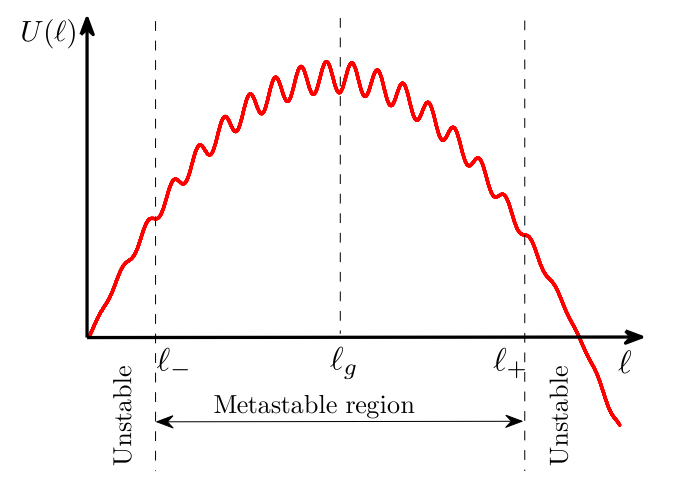Time-dependent rupture and slow crack growth: Elastic and viscoplastic dynamics
L. Vanel, S. Ciliberto, PP. Cortet, S. Santucci
 We review some theoretical and experimental works describing the slow, thermally activated, growth of a crack in a solid material under stress. Theoretical approaches fall into two main classes: creep crack growth models and elastic trap models. On the one hand, creep crack growth models describe the visco-plastic flow of matter until some characteristic rupture strain is reached. This first category of models applies especially to the case of polymer rupture. On the other hand, elastic trap models assume that a rupture energy barrier is overcome by elastic stress fluctuations. While this second category of models is more restricted since it applies only to materials with brittle rupture features, it offers a framework that can be interestingly and importantly extended to the case of heterogeneous materials. Models will be discussed in the light of recent experimental works.
We review some theoretical and experimental works describing the slow, thermally activated, growth of a crack in a solid material under stress. Theoretical approaches fall into two main classes: creep crack growth models and elastic trap models. On the one hand, creep crack growth models describe the visco-plastic flow of matter until some characteristic rupture strain is reached. This first category of models applies especially to the case of polymer rupture. On the other hand, elastic trap models assume that a rupture energy barrier is overcome by elastic stress fluctuations. While this second category of models is more restricted since it applies only to materials with brittle rupture features, it offers a framework that can be interestingly and importantly extended to the case of heterogeneous materials. Models will be discussed in the light of recent experimental works.
L. Vanel, S. Ciliberto, P. Cortet and S. Santucci, Time-dependent rupture and slow crack growth: Elastic and viscoplastic dynamics, J. Phys. D: Appl. Phys. 42 214007 (2009).



